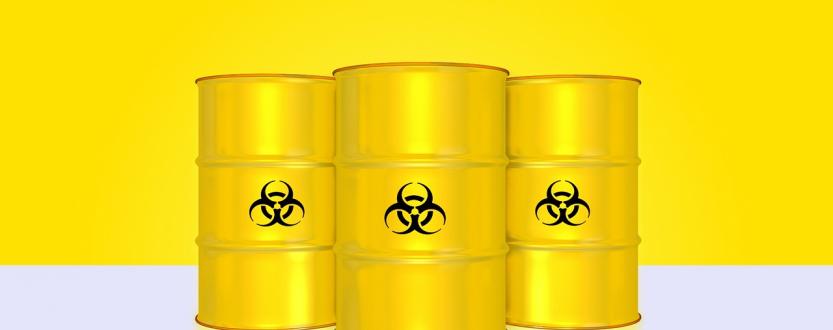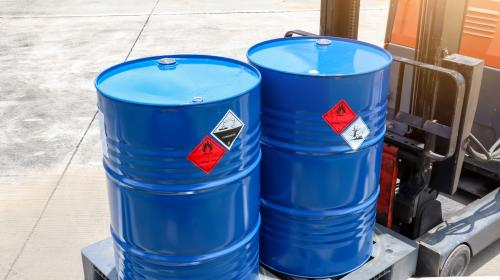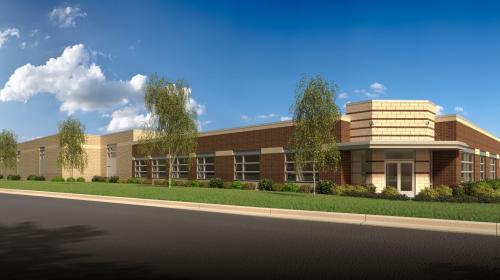For Large and Small Quantity Generators of hazardous waste, understanding federal and state regulations for satellite accumulation areas (SAA) can be confusing. If your company does not have an expert on staff, it can be downright daunting. But if your company generates only small quantities of hazardous waste at a time, an SAA can be a cost-effective solution that saves you money while protecting employees and environmental health. Over the years, our compliance and safety experts have helped answer many questions our clients have about SAAs. Here are our answers to the 10 most frequently asked questions about satellite accumulation areas:
- What Is A Satellite Accumulation Area (SAA)?
A satellite accumulation area (SAA) is a location at the generator’s facility. A SAA is defined by the Environmental Protection Agency (EPA) as:
An area at or near any point of generation where hazardous waste initially accumulates, which is under the control of the operator of the process generating the waste.
To comply with federal regulations, a generator may accumulate up to 55 gallons of hazardous waste, or one quart of acutely hazardous waste, at a satellite accumulation area (40 CFR 262.34(c)). But what is the benefit of using a SAA? Satellite accumulation allows Small and Large Quantity Generators (SQGs and LQGs) to collect and store their waste without a permit for an unlimited amount of time under federal regulations. Satellite accumulation areas are also exempt from weekly inspections. Keep in mind that restrictions vary by state, with some states such as Missouri requiring more rigorous regulations for SAAs. If you are not certain whether you are in compliance, contact the experts at Enviro-Safe who can help you understand federal and state regulations.
Note that if you are a Small Quantity Generator (SQG) of hazardous waste, your company will not find much use for a satellite accumulation area because you are already allowed to accumulate hazardous waste onsite for an unlimited period.
- What Are Restrictions and Requirements For Using Hazardous Waste Satellite Accumulation Areas?
Though SAAs allow SQGs and LQGs to store small amounts of waste for an unlimited time, they must still comply with certain regulations. Improperly storing hazardous and acutely hazardous waste poses serious safety risks to your employees and the environment, even in small quantities. Be sure to consult the experts in onsite safety management like those at Enviro-Safe Resource Recovery about how to properly manage your SAAs. There are some common pitfalls our team can help your company identify and avoid, including:
- Storing over the allowed 55-gallon threshold of hazardous waste at a SAA
- Failing to properly label containers with the words, “Hazardous Waste” or other words describing the contents (e.g. “Paint and Solvent Waste”)
- Failing to date containers
- Failing to move containers to a Central Accumulation Area (CAA) within 3 calendar days when a SAA accumulates over 55 gallons
- Failing to keep containers closed except when adding or emptying waste
- Accumulating waste in prohibited areas, including tanks, containment buildings, drip pads, or waste piles. Only containers as defined at §260.10 may be used for satellite accumulation areas.
- Can more than one type of waste be stored at a SAA?
Yes, more than one waste stream may be accumulated at a SAA. The number of containers at a SAA is also unlimited. Regardless, the total amount of waste at each SAA must not exceed 55 gallons.
- Can a facility have more than one satellite accumulation area (SAA)?
Yes. There is no limit to the number of SAAs located throughout a facility or to the total amount of hazardous waste accumulated across a facility; however, each SAA must not exceed 55 gallons.
- Where should SAAs be located?
Federal regulations stipulate that SAAs must be located at or near any point of generation where hazardous waste initially accumulates that is within the operators’ control. Point of generation generally means the point where waste is generated. Our experts in onsite safety management can help you identify the best locations for your satellite accumulation areas.
- If a facility has multiple SAAs, can hazardous waste be moved from one to another?
No, generators cannot move hazardous wastes between SAAs. Once a hazardous waste leaves a SAA, it must be moved to a central hazardous waste storage area by a professional, where it may be kept until it reaches the period or quantity when it must be transported by capable professionals.



